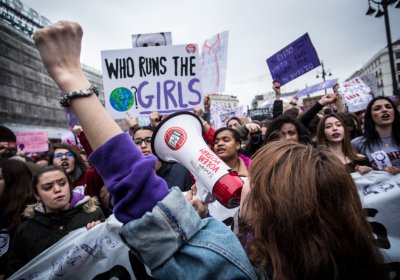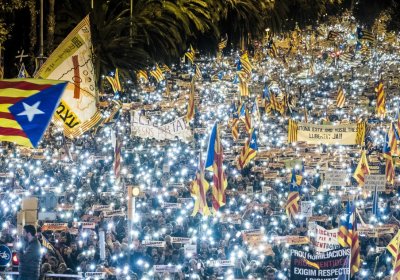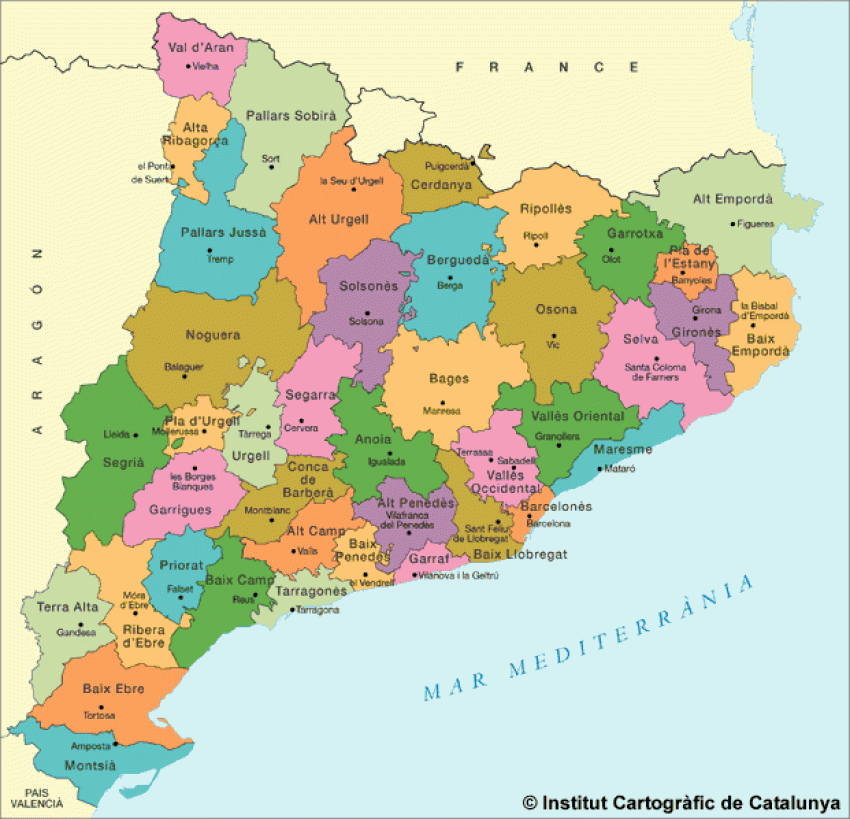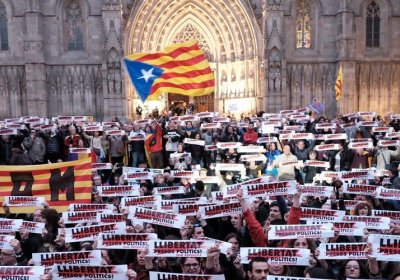Of all the International Women’s Day (IWD) demonstrations held in an unprecedented 177 countries on March 8, the Spanish state stood out as the site of the largest mobilisation for women’s equality. In fact, it was the greatest mobilisation for women’s right in history, with almost 6 million people — overwhelmingly women — striking and demonstrating in about 120 cities and towns.
Dick Nichols
After the December 21 Catalan election reconfirmed a majority for pro-independence forces, it seemed inevitable a new government would soon be formed. More than two months later, however, the spectre of a repeat election haunts Catalonia.
Early on January 30, Roger Torrent, speaker of the Catalan parliament elected on December 21, suspended that day’s session, which had been set to elect outgoing president Carles Puigdemont as head of the new Catalan government.
The decision of Torrent, leading member of the pro-independence Republican Left of Catalonia (ERC), came after the Spanish Constitutional Court ruled two days earlier that electing the exiled Puigdemont could not take place in absentia.
The main war aim of the People’s Party (PP) government of Spanish Prime Minister Mariano Rajoy for the December 21 Catalan elections was to stop the re-election of a pro-independence government.
During the election campaign, the Spanish political, economic and media establishment even dreamed of the election of a pro-unionist administration on the back of unprecedented participation from a «silent majority» supposedly in favour of continuing the tie with Spain.
At first glance, the result of the December 21 Catalan parliamentary election changed little.
All three competing blocs in the intensely polarised December 21 Catalan election are working feverishly to win in a battle shaped by Spanish Prime Minister Mariano Rajoy’s October 27 sacking of the Catalan government.
The December 21 election in Catalonia will not only decide if pro-independence forces can return to administer this region of the Spanish state: it will also decide if the Spanish state’s own underlying crisis of legitimacy intensifies or starts to fade.
In essence, the election will be a plebiscite on the central Spanish government’s takeover of the Catalan government under article 155 of the Spanish constitution and whether a majority think Catalonia has a right to decide its relation to the Spanish state.
Road and rail blockades organised by the Committees in Defence of the Republic (CDR) paralysed traffic movement across Catalonia on November 8.
The blockades were part of a day of protest action aimed against the Spanish government’s takeover of the Catalan government and parliament, and the detention of eight Catalan government ministers.
Judge Carmen Lamela of Spain’s National High Court — direct descendant of the fascist Franco-era Court of Public Order — took the war of the Spanish state against the Catalan pro-independence government to a new level of judicial violence on November 2.
Live coverage of the struggle for independence in Catalonia from Dick Nichols, European correspondent of Green Left Weekly and Links--International Journal of Socialist Renewal, based in Barcelona.
Just after 3pm on October 27, the Catalan parliament voted to ratify the results of the country’s October 1 referendum on self-determination, proclaiming Catalonia “an independent state in the form of a republic”.
Outside parliament the vote was greeted with cheers from the tens of thousands of people who had gathered for this historic moment.
- Previous page
- Page 9
- Next page












